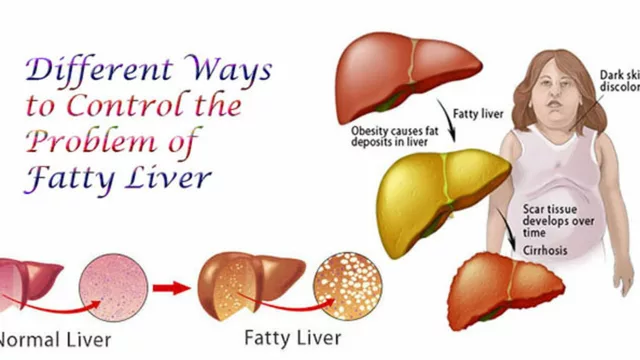Tumor Growth: What Causes It and What You Can Do
Tumor growth can sneak up on you. Some grow slowly for years and cause no pain. Others expand fast and cause clear symptoms. Knowing what to look for and how doctors check for tumors helps you act earlier.
What causes tumors? At the simplest level, a tumor starts when cells stop following normal rules. They divide too much or fail to die when they should. That change usually comes from mutations in DNA. Mutations can be inherited, caused by exposure to things like tobacco smoke or UV light, or happen by chance as cells copy themselves. Age raises the risk because cells accumulate more DNA errors over time.
Signs and how tumors are found
Early signs depend on where a tumor is. A lump in the breast or neck, persistent cough, unexplained weight loss, bleeding, or ongoing pain are common red flags. Some tumors only show up on scans done for other reasons. If you notice anything new that doesn’t go away in a few weeks, tell your doctor.
Doctors use a few basic steps to find and classify tumors. First comes a history and physical exam. Then imaging like ultrasound, X-ray, CT, or MRI shows size and location. Blood tests can hint at organ problems or tumor markers. The definitive step is a biopsy, where a small tissue sample is taken and checked under a microscope to say whether a tumor is benign or malignant and what type it is.
Treatment options and prevention tips
Treatment depends on the tumor type, size, location, and whether it spread. Surgery often removes localized tumors. Radiation and chemotherapy attack cells that surgery can’t reach. Newer options include targeted drugs that block specific cancer pathways and immunotherapy that helps the immune system find cancer. Treatment plans are tailored—what’s right for one person may not be right for another.
Prevention and early detection matter. Practical steps include quitting smoking, protecting skin from sun, keeping a healthy weight, staying active, and getting recommended vaccines like HPV. Follow screening advice for breast, colon, cervical, and lung cancer if you qualify. Screening can catch tumors when they’re smaller and more treatable.
Living with a tumor diagnosis is hard, but support helps. Ask your doctor for clear steps, second opinions, and resources like patient groups or specialist clinics. Keep notes from appointments and bring someone with you when possible. Small actions—catching a warning sign early, choosing the right clinic, or sticking to follow-up—make a real difference.
Before treatment ask specific, practical questions: What is the tumor’s exact name and stage? What are the short and long-term side effects of each option? How will treatment affect daily life and work? Ask about fertility, nutrition, and pain control. If standard care isn’t right, ask about clinical trials or second opinions at a cancer center. Get written summaries and a direct contact for urgent issues. Clear info cuts anxiety and helps you make better choices. Stay curious and ask questions often.




